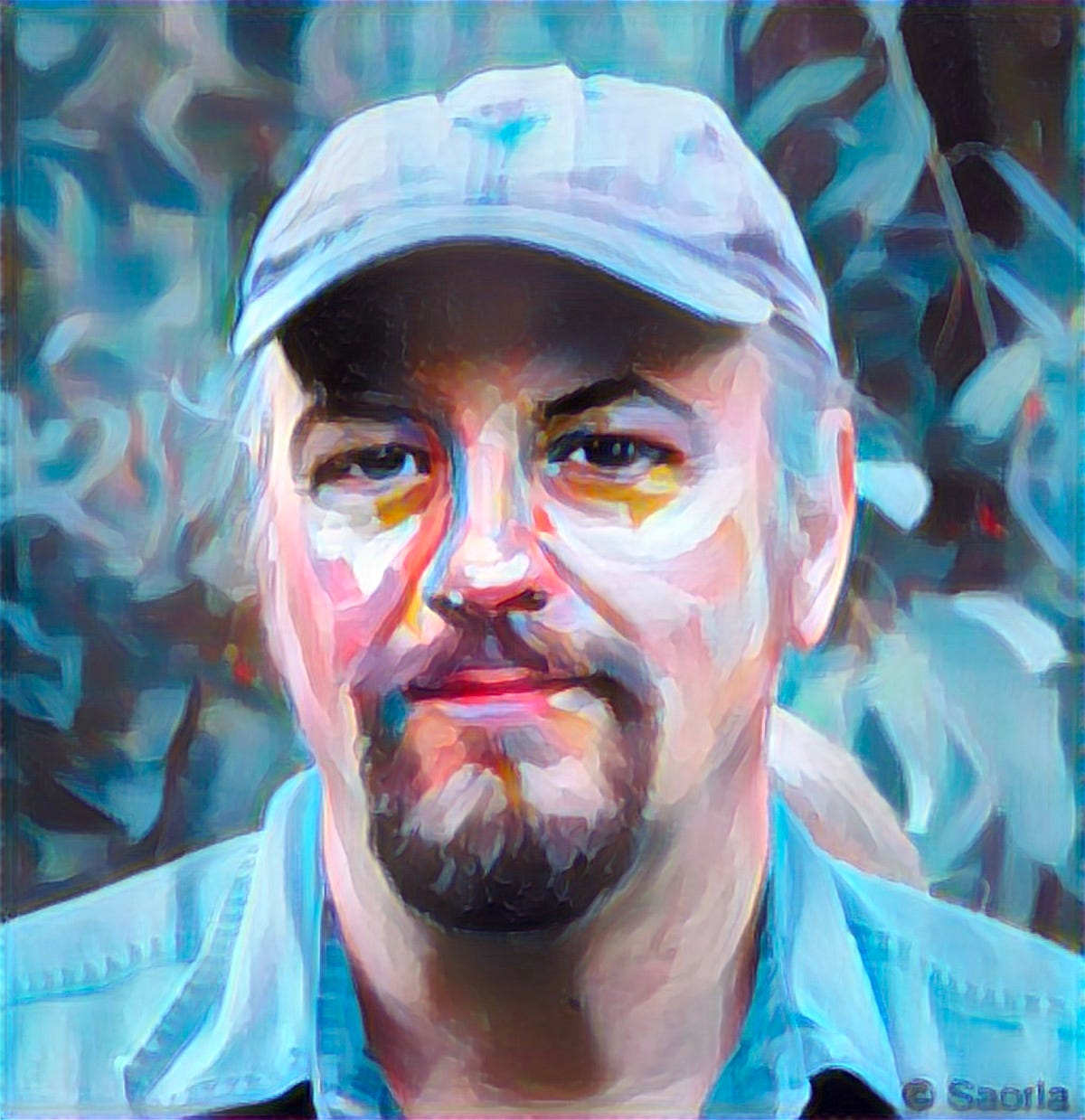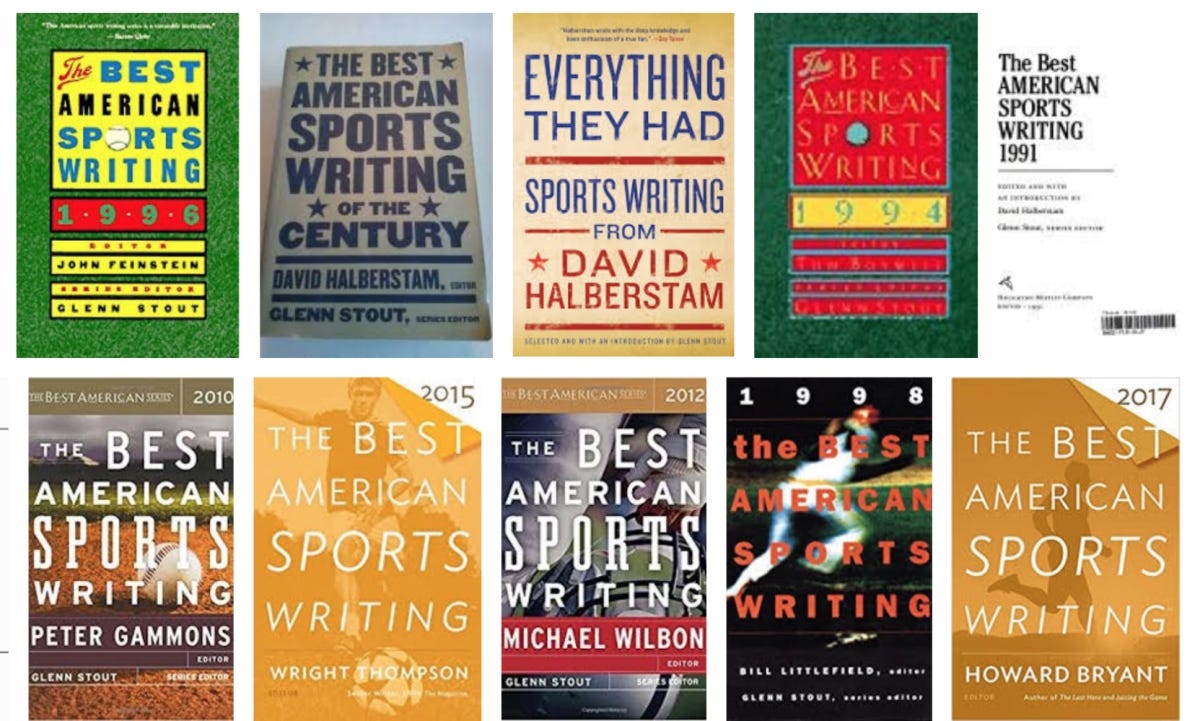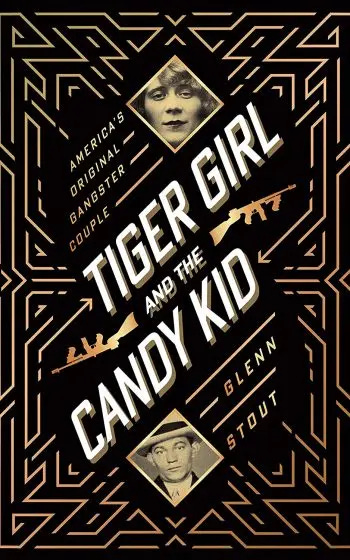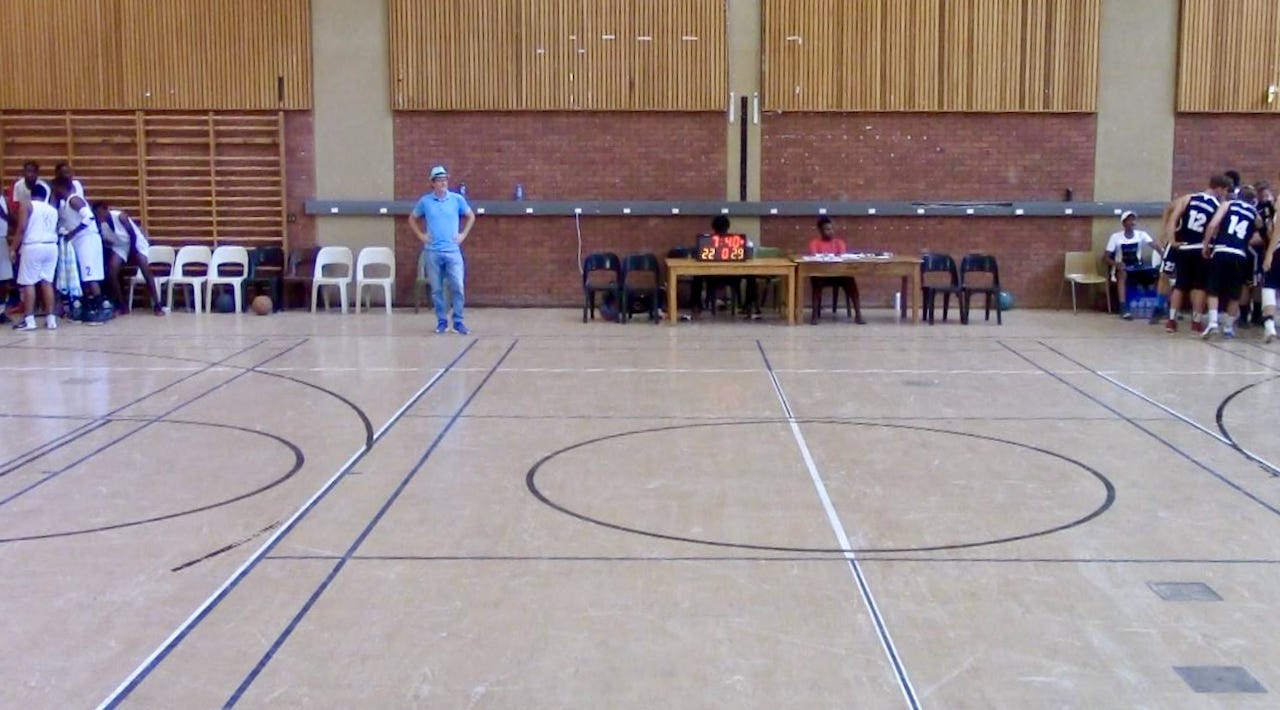This story (Zen and the Art of Coaching Basketball) is unlike any I’ve ever read.
Glenn Stout (@GlennStout), series editor for The Best American Sports Writing, edited my new book, Zen and the Art of Coaching Basketball, which comes out November 1st (you can read the first three chapters here).
On Monday I wrote about the lessons I learned working with Glenn. Today’s podcast is a companion to that piece.
In this conversation, Glenn and I cover:
-How Glenn approaches the editing process.
-“I edit the way I wish it had been done for me.”
-“You don’t want the reader to stop reading.”
-“We will solve more problems talking than in two days of email.”
-“The text is trying to tell you something.”
-“The really perfect poem has an infinitely small vocabulary.”
-Character Introductions: Give the reader a hanger.
-Why did Bill Simmons (@BillSimmons) never make The Best American Sports Writing?
-Calling Florence Shinkle, of The St. Louis Post-Dispatch, to tell her '“Fly Away Home” was selected for the inaugural edition of BASW. Glenn goes into more detail here.
-In the new iteration of BASW, The Year’s Best Sports Writing, Glenn and I talk Kim Cross’s (@KimhCross) story What Happens When Two Strangers Trust the Rides of Their Lives to the Magic of the Universe which is told in the structure of a palindrome.
-Glenn shouts out The Year’s Best Sports Writing Advisory Board: Ben Baby (@Ben_Baby), Alex Belth (@AlexBelth), Howard Bryant (@hbryant42), Kim Cross (@KimhCross), Roberto José Andrade Franco, Latria Graham (@LatriaGraham), Michael Mooney (@MooneyMichaelJ), and Linda Robertson (@lrobertsonmiami).
-We end talking Glenn’s latest book, Tiger Girl and The Candy Kid.
If you are interested in my book that Glenn edited, Zen and the Art of Coaching Basketball: Memoir of a Namibian Odyssey, it drops November 1st, as both print and e-book, on Amazon.
The “big idea” is the way we think about coaching sports is all wrong, coaching doesn’t have to be rooted in anger and intimidation and fear, and tools like meditation can super-charge learning and performance.
Here’s a photo of me coaching the team by not coaching the team.
You can read the first three chapters of Zen and the Art of Coaching Basketball here.
If you haven’t yet, please hit the “Subscribe now” button to stay up-to-date.





















Share this post